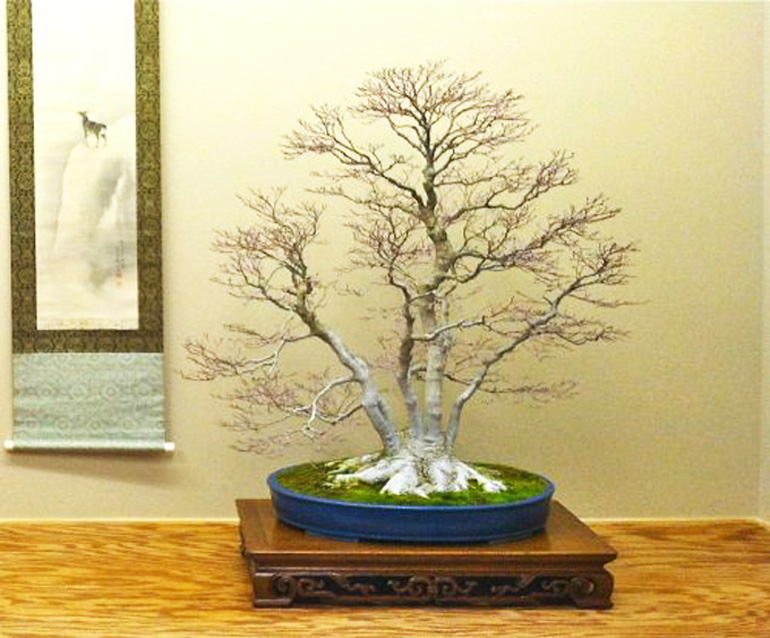 Here’s what our friend Michael Hagedorn has to say about this lovely Japanese maple: “This maple in Shinji Suzuki’s tokonoma is in a pot typical of this kind of tree. It works better aesthetically, in two ways. A shallow pot will make the nebari continue spreading, and the delicacy of the trunks is enhanced by a shallower pot. But a maple is also a tree that appreciates water. And a shallow pot will retain more moisture than a deeper one, in a soil-to-soil relative way. It’s a wetter pot.” All the photos in this post are from Crataegus Bonsai.
Here’s what our friend Michael Hagedorn has to say about this lovely Japanese maple: “This maple in Shinji Suzuki’s tokonoma is in a pot typical of this kind of tree. It works better aesthetically, in two ways. A shallow pot will make the nebari continue spreading, and the delicacy of the trunks is enhanced by a shallower pot. But a maple is also a tree that appreciates water. And a shallow pot will retain more moisture than a deeper one, in a soil-to-soil relative way. It’s a wetter pot.” All the photos in this post are from Crataegus Bonsai.
Rain last night instead of snow, a sure sign that spring might come after all; even for us poor souls who happen to be stuck in the far north. A little late this year due to a winter straight from some cold hell, but I’m betting that it will come and that bonsai potting season is about to break out. So I’ve decided to revisit a transplanting post from last year (edited a little). It’s a good one, thanks to the bonsai wisdom of Michael Hagedorn.
We’ve been talking about basics a lot lately. Specifically watering, fertilizing and bonsai soil. Might as well get into transplanting while we’re at it.
A good place to start is with an article by Michael Hagedorn (Crataegus Bonsai) about pot depth for various type trees. You don’t see much on this topic, but it turns out to be critical when it comes to plant health. BTW: Michael is a real bonsai pro and a very good writer and his article bears that out. I won’t say much more except to quote just a bit from Michael and encourage you to visit Crataegus Bonsai.
“Many trees like their roots far away from anything saturated, which is the bottom of the pot. Two in particular, pines and azaleas. And in muddling about the Western bonsai world I’ve been haunted by the number of pines planted in very shallow containers. “ To dig a little deeper, visit Crataegus Bonsai.
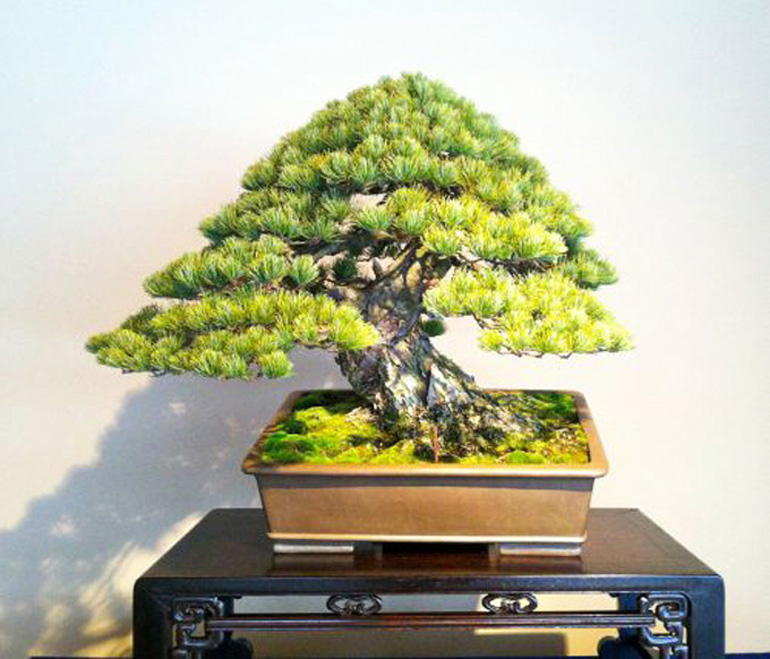 This White pine is ready for Shinji Suzuki’s inspection and then Kokufu (Suzuki was Michael’s teacher, lord and ruler during his apprenticeship in Japan). This photo is from the previous Crataegus post titled Kokufu, Matt Reel, Snow. Notice that the pot is suitably deep for a pine.
This White pine is ready for Shinji Suzuki’s inspection and then Kokufu (Suzuki was Michael’s teacher, lord and ruler during his apprenticeship in Japan). This photo is from the previous Crataegus post titled Kokufu, Matt Reel, Snow. Notice that the pot is suitably deep for a pine.
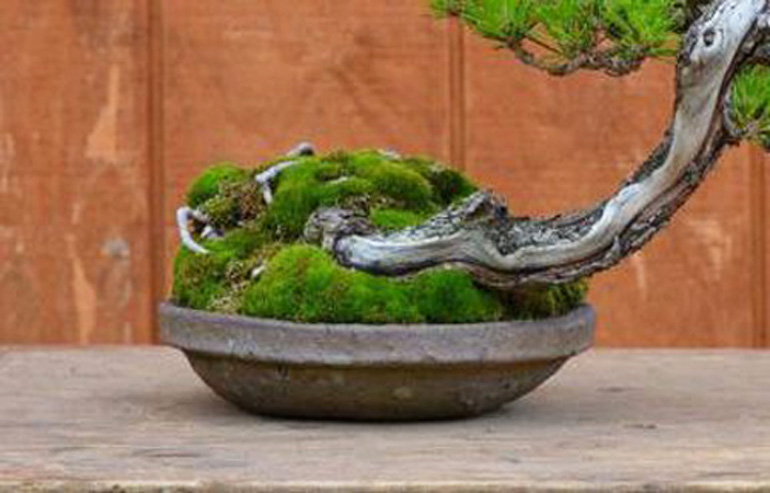 Michael remembering his apprentice days. “You can certainly plant your pine in a shallow pot (loud thwack of a chopstick on my fingers), but consider mounding it.”
Michael remembering his apprentice days. “You can certainly plant your pine in a shallow pot (loud thwack of a chopstick on my fingers), but consider mounding it.”
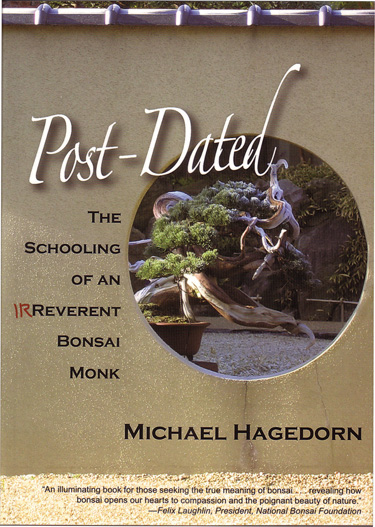
Still the best bonsai read in the English language.
Available at Stone Lantern
While we’re promoting our products we might as well mention that
our 20% to 30% off Roshi Bonsai Tool sale
ends Sunday night.
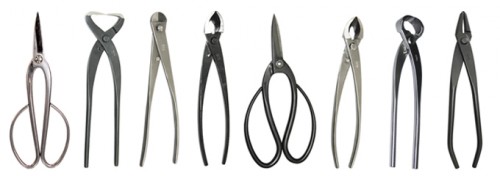
The issue of of drainage and container-depth pertains. A shallow container must drain much quicker than a deeper one. The tempo has to do with the size of the solid particles and the size, consequently, of the spaces between them. Read “drainable pore space” which has been described elsewhere in other articles in detail. The issue is about retaining moisture in tinier spaces, but it is affected by firstly the size of spaces and then the temperatures. Finer spacing will hold more moisture, but freeze in below zero Celsius and cause problems in those circumstances. And this is a matter where science has to be applied. And where these circumstances apply.